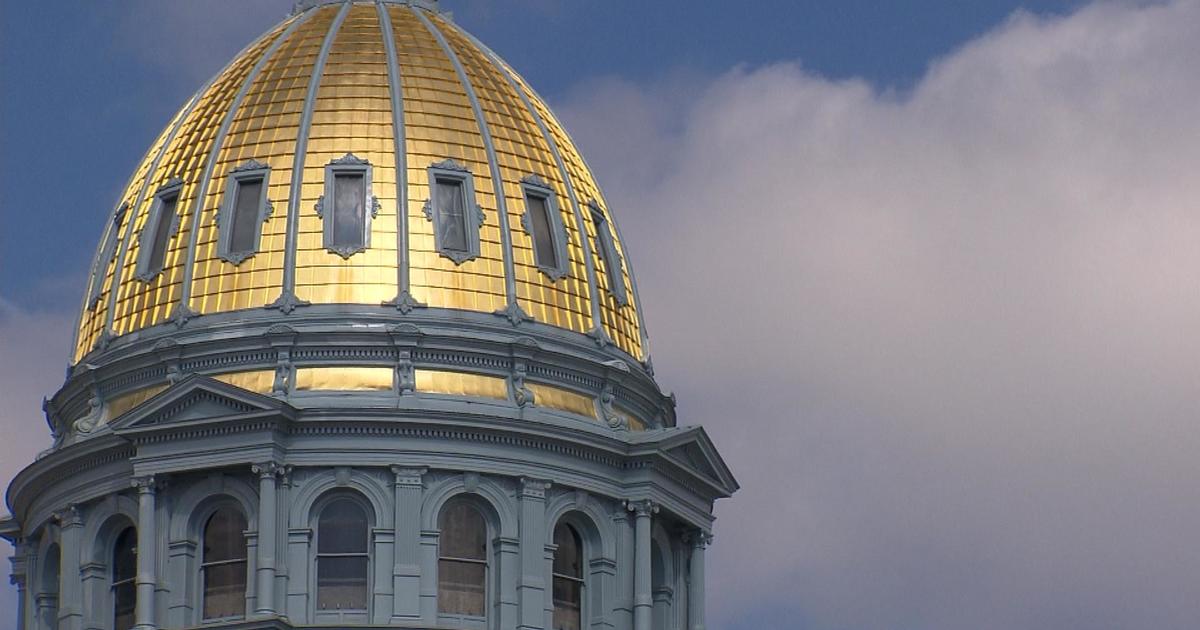Colorado Starts Redrawing Congressional Districts
LOVELAND, Colo. (AP) - Colorado isn't growing fast enough to get a new member of Congress. But that doesn't mean residents don't want to see more political fireworks within Colorado's seven congressional districts.
State lawmakers started work Saturday on their once-a-decade job of redrawing political lines with a hearings Saturday in Loveland and Fort Morgan.
Not many residents attended the first hearing, but two trends were clear. Folks asked lawmakers to avoid splitting towns and counties, and many of them wanted to see more-competitive districts instead of districts that give either party a clear advantage.
Redistricting is a highly charged political game because it allows both parties to try to maximize how many members they send to Congress. Democrats and Republicans both want to maximize how many "safe" districts they can count on to deliver votes their way.
But several residents at the Loveland hearing urged politicians in the state Legislature to resist that move. One of the residents, Robert May of Denver, pointed out that Colorado's 1st District in Denver is a slam-dunk for Democrats, while the nearby 6th District in Denver's southern suburbs is a slam-dunk for the GOP. Any Republicans living in the city, or any Democrats living in those suburbs, have little chance to compete.
"That's not democracy," May argued. "We have to compete."
State lawmakers have room to redraw congressional lines to produce more competitive districts. All congressional districts in a state must have nearly equal populations, so Colorado's lines will be changing because some areas of the state are growing faster than others. The 4th District, where Saturday's hearings were held, is Colorado's least-changing district. It will shrink slightly to account for population growth.
Three districts will be growing geographically because their populations aren't growing as fast as other areas. Those are 1st District in Denver, the 3rd District on the Western Slope and the 7th District in the Denver suburbs.
Four districts are shrinking geographically. The fastest-growing district over the last decade was the 6th District, another suburban Denver district. Others were the 2nd District, which includes Boulder; the 4th District, stretching from Loveland to the Kansas border and south to New Mexico; and the 5th District around Colorado Springs.
The bipartisan legislative group didn't give any hints what they're thinking in terms of new districts. The Legislature, under split control with Republicans holding the House and Democrats the Senate, will have to agree on new maps before the 2012 elections.
Lawmakers hope to save money by getting the job done without calling a special redistricting session this summer. They also want to avoid contentious lawsuits over the lines that leave the question to the courts, not lawmakers. As in other states, district lines in Colorado are often decided by judges settling lawsuits.
"We want, for the first time in 40 years, for the Legislature to do its job," said Democratic Sen. Rollie Heath. "We want to make a statement, because you as voters have said, 'We want you all to work together."'
- By Kristen Wyatt, AP Writer
Colorado redistricting: http://www.colorado.gov/cs/Satellite/CGA-ReDistrict/CBON/12515815581 70
(Copyright 2011 by The Associated Press. All Rights Reserved.)



